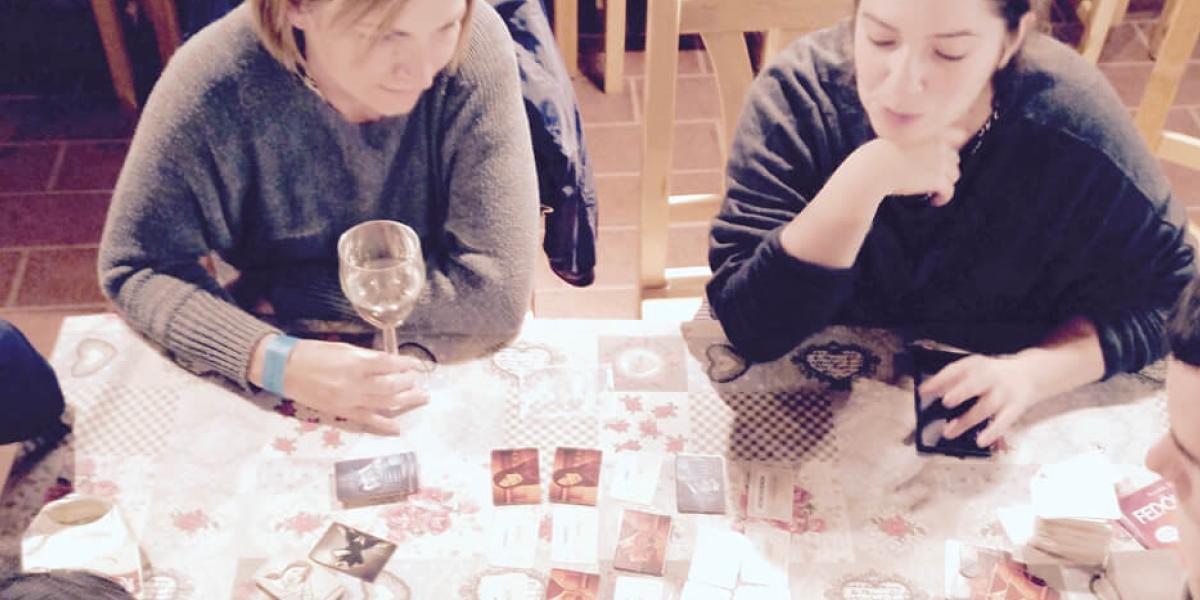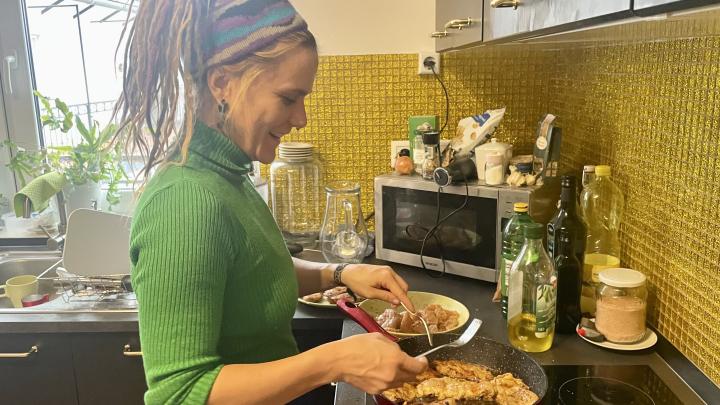
How did this work in your organization? It's hard to imagine anyone speaking out here. It certainly wouldn't work here.
While thinking about my answer, I sipped my bitter Italian Riesling. At a wine-tasting evening organized by the Kürt Academy, we talked about who spends their weekdays in what kind of corporate culture.
We couldn't either. Over five years, we gradually developed the atmosphere and habits that work today. The two-hour sessions, held every two weeks, allow us to look at each other's conditions and work on our processes and practices based on team members' feedback. These feedbacks are also a good indicator of the general mood and state of the community. For this reason, retrospection is one of the essential habits that influence well-being.
In the early days, a retrospective was more like a performance review team meeting, where the exchange of opinions often degenerated into a lecture. During this period, the authority had the last word. Then I invited Gergő, the neutral facilitator, to change this bad habit. He started his work by using the integrative decision-making method's rhetoric. He brought the voices into a framework and encouraged the previously silent parties to express their tensions and needs.
It was a change of a magnitude that I found it hard to follow emotionally. Pushing back the authority figures and giving everyone an equal chance took the type of overwhelming energy out of the group in the early days, directed from the few towards the many. I was in a sterile environment. I experienced it as bringing up less specific issues, but I took a big gulp and tried to calm down.
It was a time when I was staring at the ceiling in a disarmed mood in a democratic setting. I was frustrated at not having the opportunity to expose my thoughts. I was disappointed because I saw that the team was happy about it. I assumed I could express my thoughts in other ways; perhaps it would be better to reason outside the team, lecture, and let things work themselves out in-house.
After a few months, people started to move in little by little. Personal tensions began to come out. During the regular NVC (Non-Violent Communication) workshops, I learned a new language to express my frustrations about specific events, and I was not alone.
An additional inspiration was the arrival of Zsuzsi. She brought in strong language that I had not experienced before in a work environment. She pointed out the blind spots that Gergő hadn't had an eye for. The awareness of power relations brought new hidden resources to the surface. With the safe expression of tensions, our retros were energized again, but this time it was done in a more balanced way, activating more people. A new level of ownership emerged in the team. A process of awareness-raising has started, starting from individual strengths to clarify the general and specific characteristics of roles. We don't apply the model to ourselves, but we create our framework of operation based on agile principles, using scrum, kanban, and other methodologies.
This is a longer and more complex process but has the advantage of allowing strong emotional involvement. We learn through experience what works and what needs refinement.
I have mastered a high level of sweeping problems under the carpet in previous years. I have spent a relatively large amount of time highlighting hidden tensions and helping to resolve them. It was a waste of time.
It's not about not having tension between people. Instead, my focus is on using those tensions to change ourselves and our circumstances. I have let go of my ambition to expose issues that have been swept under the carpet. Instead, I focus on connecting with the speaker in the here and now. Time and time again, I find that what people need is not for others to solve their problems but for an empathic connection from which they can gain validation.
Lately, we've also been trying Dixit cards to express our mood. We layout a few decks of cards in front of the retro, and then whoever feels like it picks the one that best defines their current state of mind. By taking a little about the card, I'm already saying a lot more about my feelings than if I'm trying to answer "how are you."
As retrospect has evolved, so has company culture. Years of working together have created a safe environment where we can express our emotions using our learned tools. One of the most important benefits of this has been the perpetuation of positive vibes.
Radio interview on the topic (in Hungarian)
Related literature
Barbara Fredrickson: The Power of Positive Emotions
Ten positive emotions are unleashed: joy, gratitude, serenity, interest, hope, pride, joy, inspiration, awe, and love. Both character and context determine the proportion and intensity each is expressed in everyday life. It provides concrete, practical tools to raise awareness and develop these emotions.
Sonja Lyubomirksky: How to be happy
Worth a read for anyone who wants more good cheer for themselves! It offers a dozen techniques for improving well-being and a test to help you decide which three might work best for you.
Richard Wiseman: 59 seconds
"There is no such thing as climbing aimlessly and suddenly finding yourself on top of Mount Everest. In the same way, those who wander through life are unlikely to start a new business or drop a few pounds suddenly."
Wiseman criticizes the self-help myths of positive thinking and instead offers research-backed, pragmatic advice on tuning into positive emotions. A loosely structured read, I recommend it to anyone looking for quick tips on wellbeing. 2-minute recommendation: https://www.youtube.com/watch?v=GZPXtfXOC_A
Martin Seligman: Flourish - Be Happy!
Seligman is the father of positive psychology, the "discoverer" of learned helplessness, and the creator of the well-being model. If you wonder which positive psychology textbook to buy for Christmas, I recommend this one. Seligman draws a five-dimensional map, which you can then use to delve into each topic separately. Positive emotion, flow experience, impact (meaning), relationships, performance.
Share with your friends!

